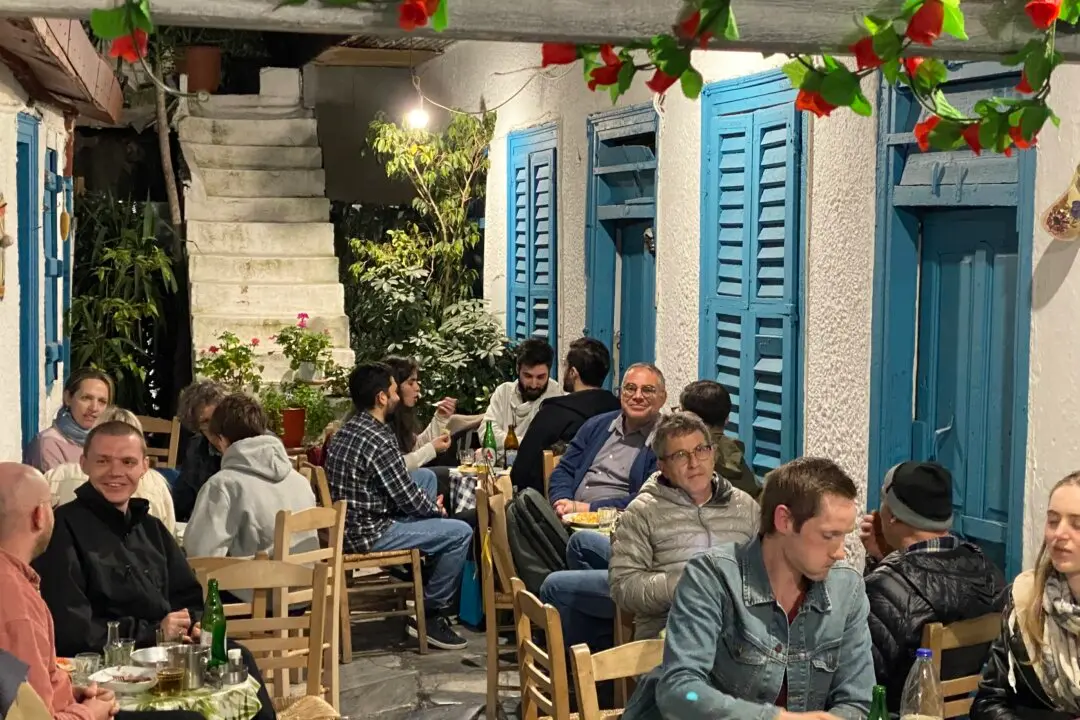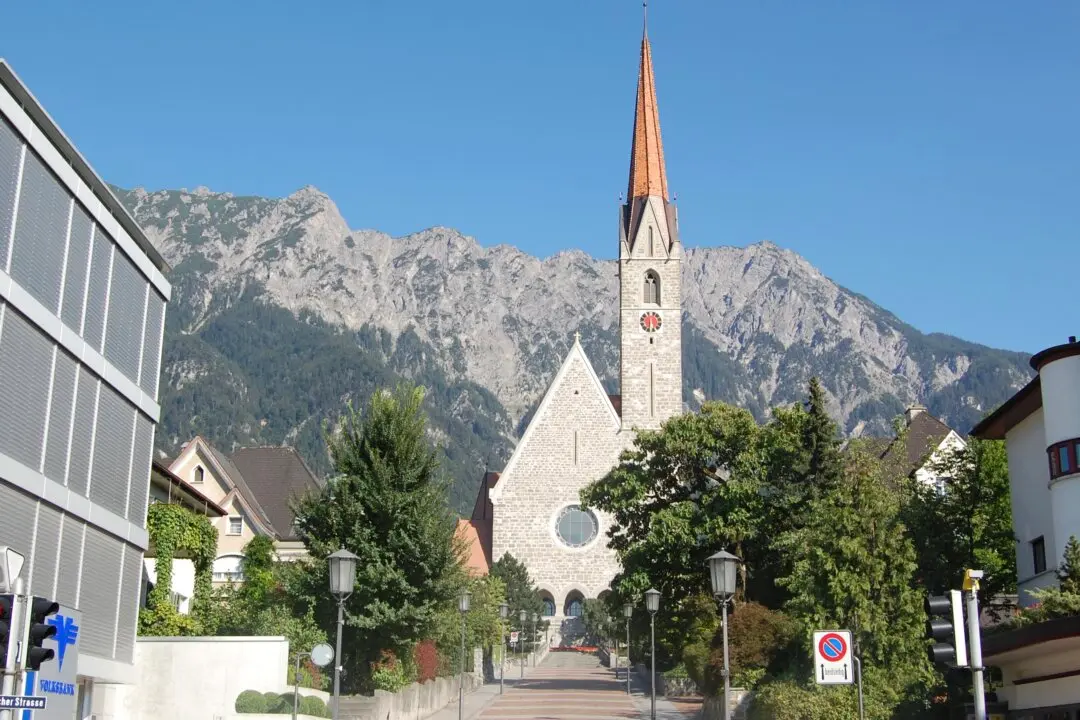The ancient city of Pompeii—famously ruined in AD 79 when mighty Mount Vesuvius blew its top—is one of Italy’s most popular tourist attractions. Few visitors know that you can easily visit the summit of the towering volcano. And those who do enjoy a commanding view.
You can get to Vesuvius with a train/bus/hike journey. You start by riding a rickety but reliable commuter train from Naples or Sorrento (because it circles under Vesuvius, the train is called the Circumvesuviana). From near the Pompeii stop, public buses, trolley trams, and monster-truck-like shuttle buses take visitors up the volcano to the end of the road. From there, it’s a moderately steep 30-minute hike to the desolate, lunar-like summit. (Before you set out, check locally whether a timed reservation is required.)





